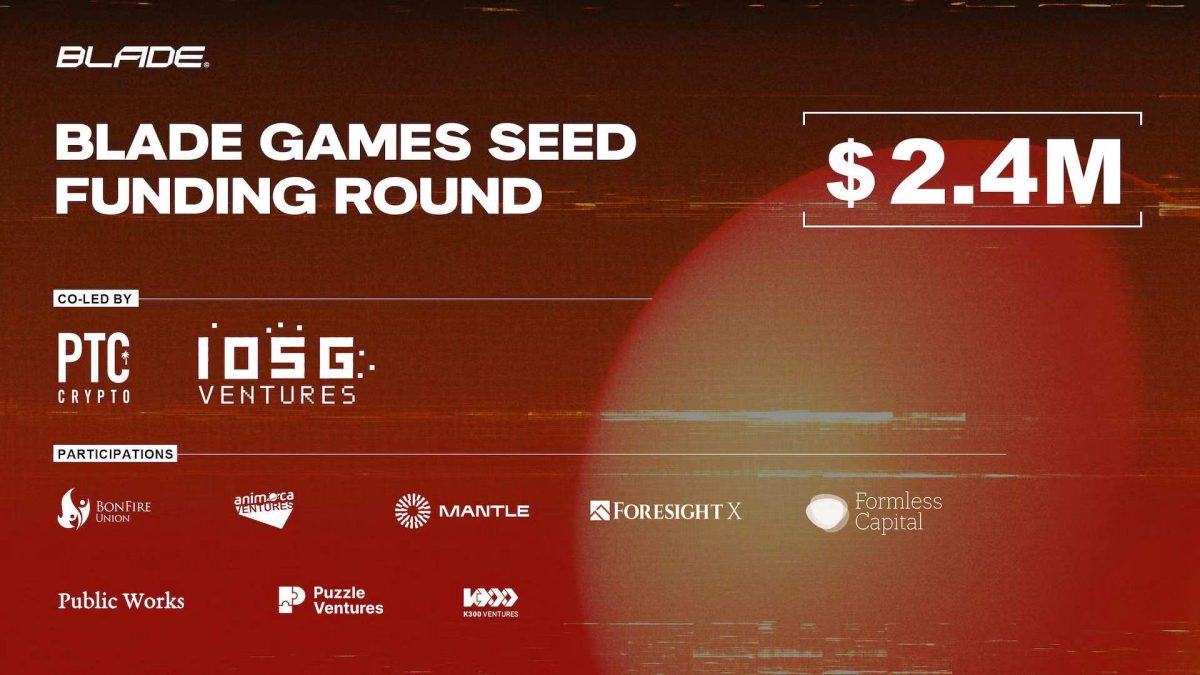Bitcoin mining difficulty hits fresh all-time high in final pre-halving adjustment

Quick Take
- Bitcoin mining difficulty jumped nearly 4% to reach a record 86.4 trillion on Wednesday in the final adjustment before next week’s halving event.
- The total network hash rate is at all-time highs as Bitcoin miners prepare for block subsidy rewards to halve from 6.25 BTC to 3.125 BTC.

Bitcoin  BTC
-4.48%
mining difficulty rose 3.9% late Wednesday to hit a new all-time high in the final adjustment before the halving, estimated to occur on April 20.
BTC
-4.48%
mining difficulty rose 3.9% late Wednesday to hit a new all-time high in the final adjustment before the halving, estimated to occur on April 20.
The difficulty adjustment came at block height 838,656, reaching a record of 86.39 trillion, according to blockchain explorer Mempool. Bitcoin miners appear to be ramping up their hash rate in preparation for block subsidy rewards dropping from 6.25 BTC to 3.125 BTC next week.
Bitcoin mining difficulty measures how hard it is to mine a new block relative to the easiest it can ever be. It adjusts every 2016 blocks — roughly two weeks — to ensure that, on average, a new block is found every 10 minutes, regardless of how many miners are actively mining. The higher the difficulty, the more computational power and energy a miner needs to find the right hash for the next block.

Bitcoin mining difficulty. Image: Mempool.
Bitcoin miners ramp up hash rate ahead of the halving
Bitcoin's hash rate, which measures the total computational power dedicated to the network by miners, reached a new seven-day moving average all-time high of 629.75 EH/s ahead of the difficulty adjustment on Wednesday, according to The Block’s data dashboard.
Bitcoin mining difficulty and hash rate have trended up since the beginning of the year, with difficulty increasing by 20% and total hash rate gaining 24% during the period. However, while miner revenues have also risen this year amid the increase in bitcoin’s price, it remains to be seen the extent of the impact the halving has on less efficient mining operations and, hence, the overall network metrics following the drop in subsidy.
Bitcoin’s hash price fell to $0.11/TH/s following the difficulty adjustment and is expected to halve immediately following the halving. Hash price is a term coined by Bitcoin mining services firm Luxor, referring to the expected value of 1 TH/s of hashing power per day. The metric quantifies how much a miner can expect to earn from a specific quantity of hash rate.
Bitcoin’s halving countdown
Bitcoin’s next halving event is currently estimated to occur at around 4 a.m. UTC (12 a.m. ET) on April 20, according to The Block’s Bitcoin Halving Countdown page — based on Bitcoin's average block generation time of 10 minutes.
Bitcoin halvings are programmed to occur automatically every 210,000 blocks — roughly every four years. Once a halving event occurs, miners receive 50% fewer bitcoins as a subsidy reward for every block of transactions they mine and add to the blockchain. However, they continue to earn additional transaction fee rewards for each block mined as usual.
There have been three halving events in Bitcoin's history, reducing its block subsidy inflation from 50 BTC to 25 BTC in 2012, then to 12.5 BTC in 2016, and 6.25 BTC at the last halving on May 11, 2020. In the long term, there will only ever be 21 million bitcoins in existence.
The halving events will continue until the last bitcoin is expected to be mined around the year 2140. After this, miners will only earn from transaction fees.
Historically, Bitcoin halvings have been associated with significant fluctuations in the cryptocurrency's price. While not a direct cause-and-effect relationship, these events have often preceded substantial bull runs in the bitcoin market.
Bitcoin is currently trading at $70,647, up 67% year-to-date, according to The Block’s price page.

BTC/USD price chart. Image: The Block/TradingView.
Disclaimer: The Block is an independent media outlet that delivers news, research, and data. As of November 2023, Foresight Ventures is a majority investor of The Block. Foresight Ventures invests in other companies in the crypto space. Crypto exchange Bitget is an anchor LP for Foresight Ventures. The Block continues to operate independently to deliver objective, impactful, and timely information about the crypto industry. Here are our current financial disclosures.
© 2023 The Block. All Rights Reserved. This article is provided for informational purposes only. It is not offered or intended to be used as legal, tax, investment, financial, or other advice.



